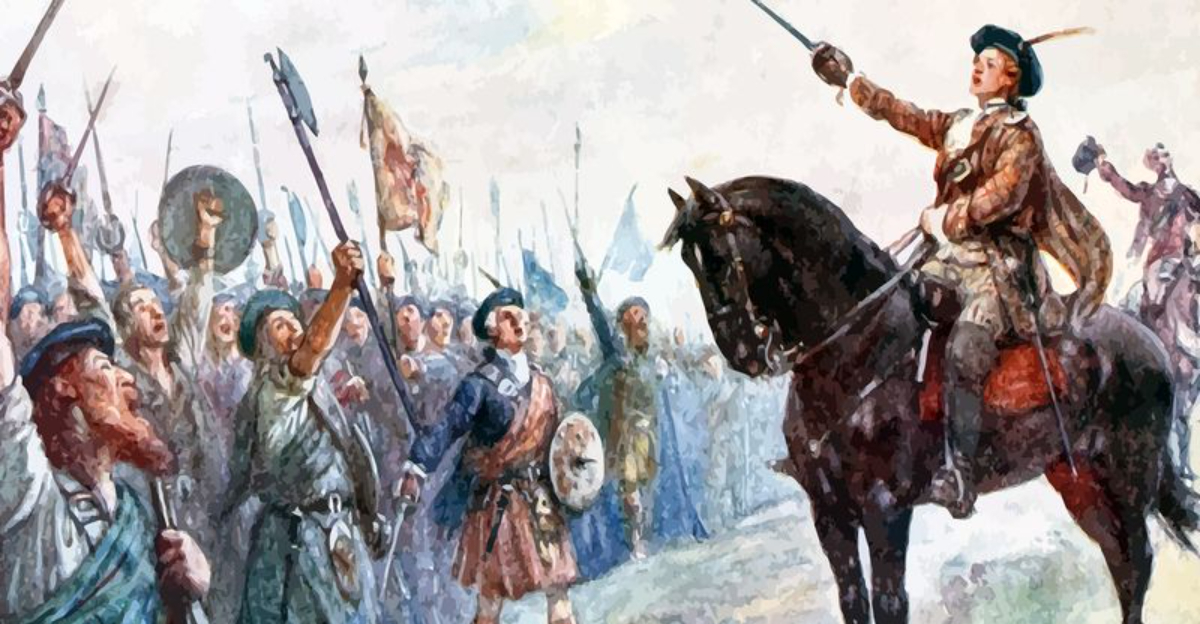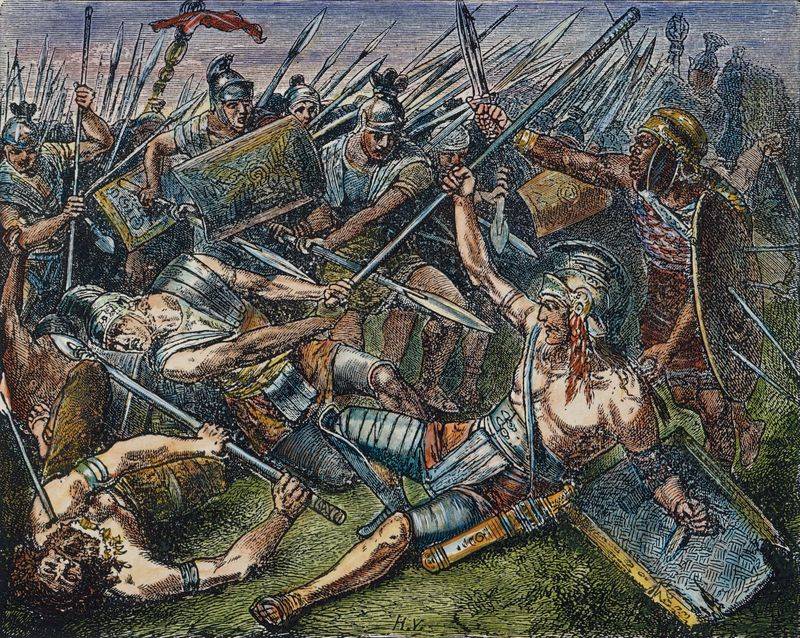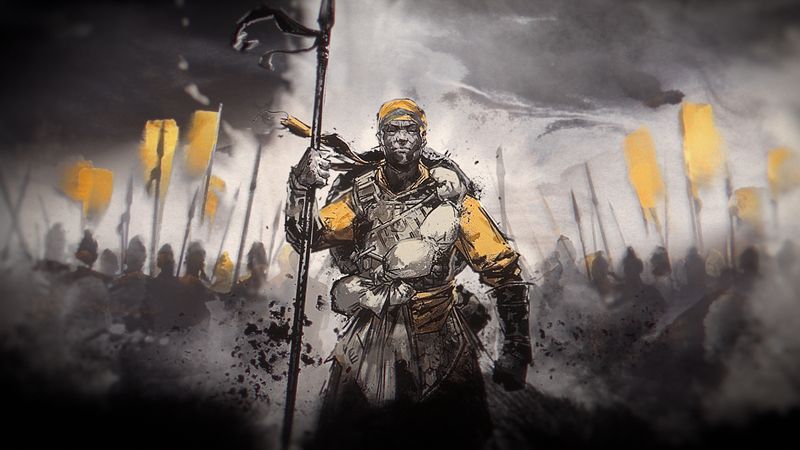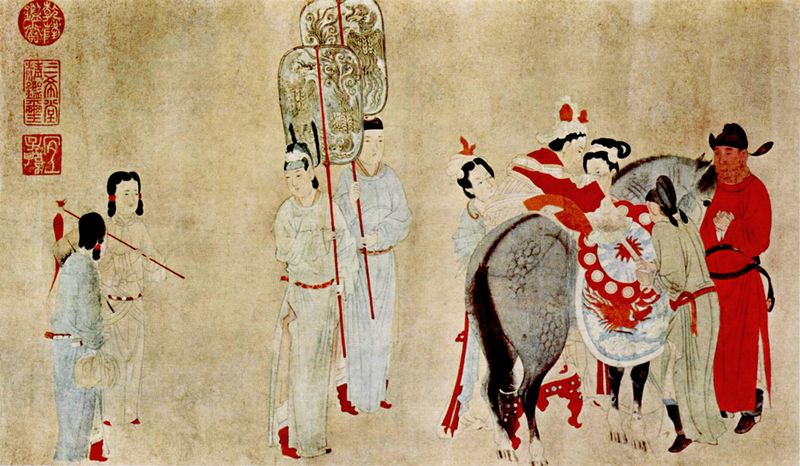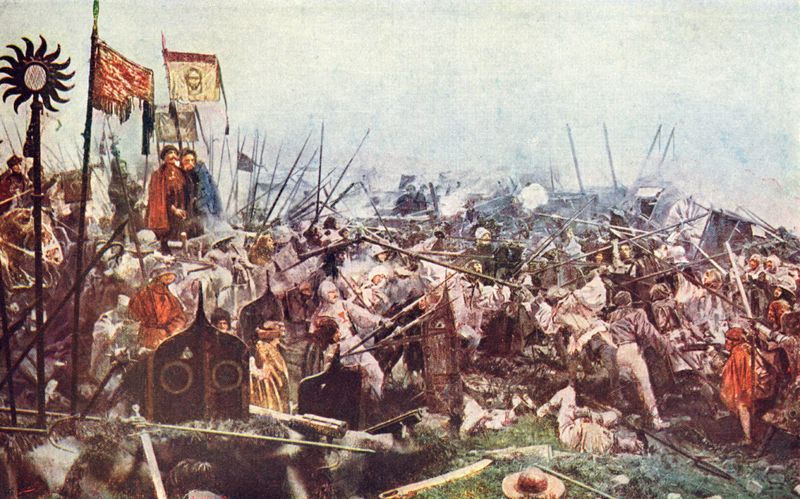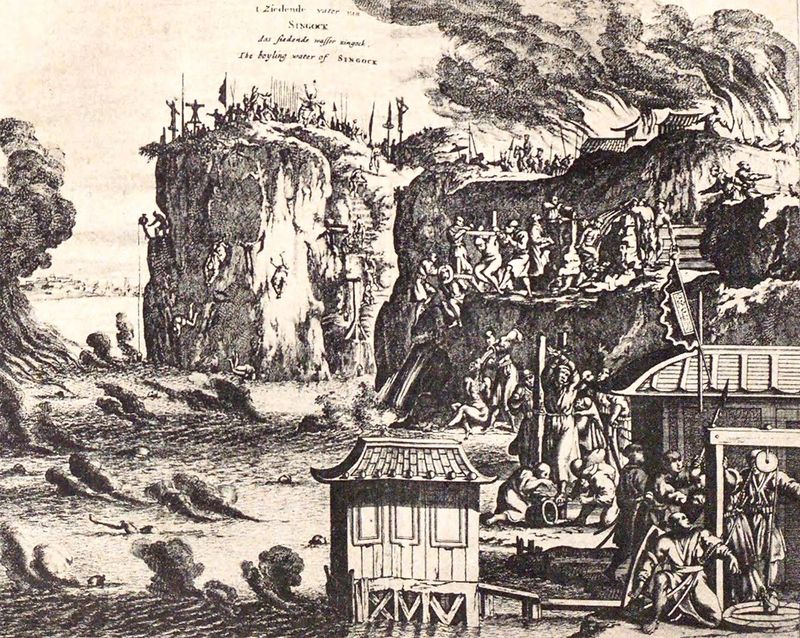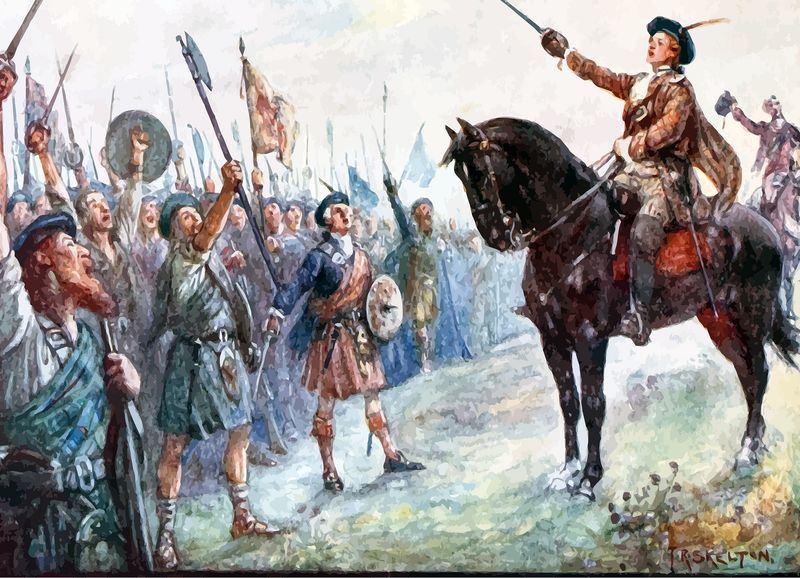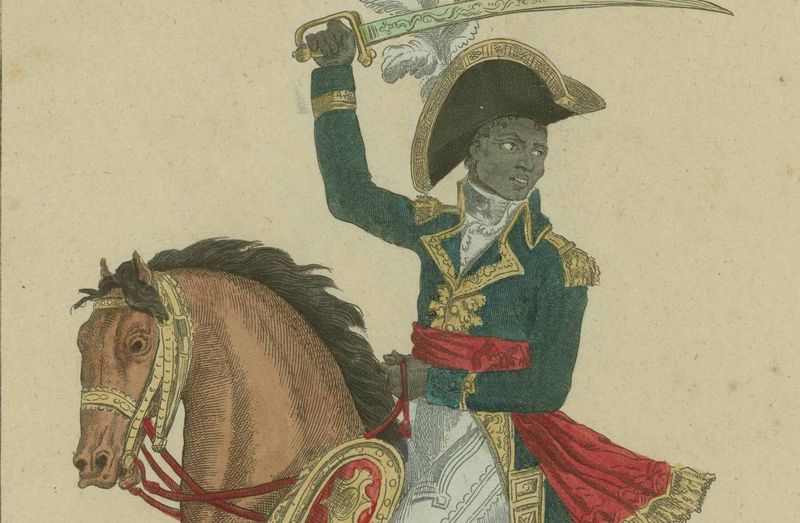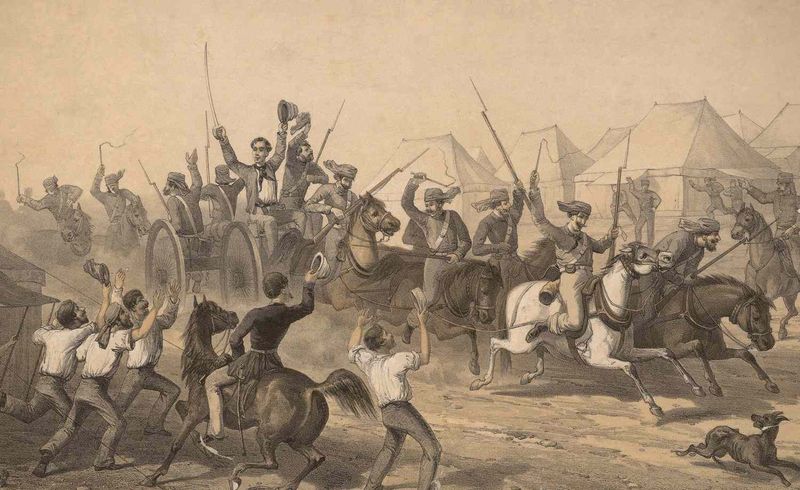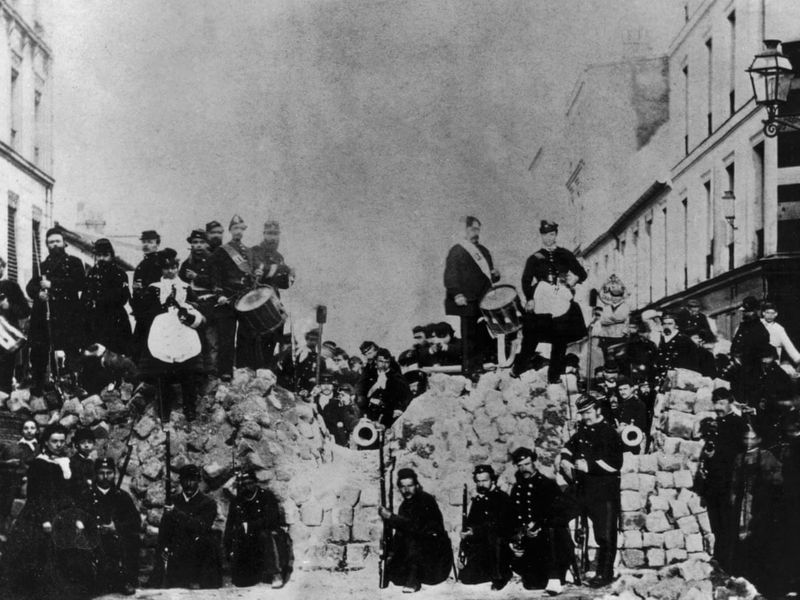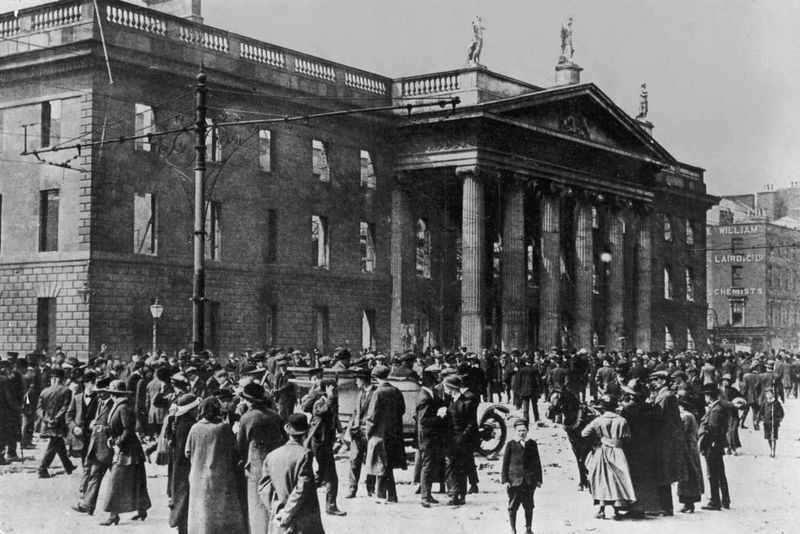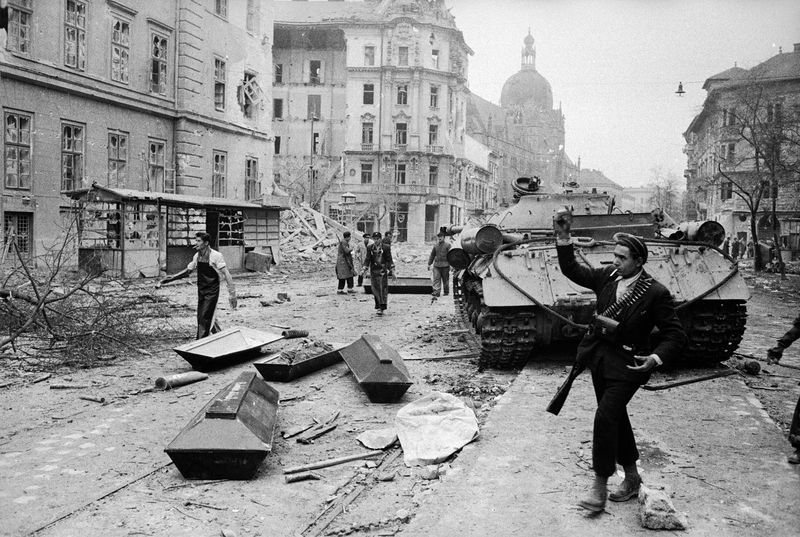Throughout history, several rebellions have come perilously close to toppling powerful empires, only to fall short at the last moment. These movements, driven by a complex array of social, political, and economic factors, reflect the timeless struggle for justice and autonomy. This blog post explores twelve such rebellions that nearly changed the course of history, leaving lasting impacts even in failure.
1. The Spartacus Revolt (73–71 BCE, Rome)
In the dusty arenas of ancient Rome, a daring gladiator named Spartacus ignited a rebellion that shook the empire. Over 100,000 slaves rallied to his cause, achieving stunning victories against seasoned Roman legions. Yet, internal conflicts fractured their unity, and ultimately, the might of Rome prevailed. The captured rebels suffered a grim fate, as 6,000 were crucified along the Appian Way, a chilling reminder of Rome’s wrath. A successful rebellion might have forged a unique slave state in Italy, altering the trajectory of Rome’s territorial ambitions forever.
2. The Yellow Turban Rebellion (184 CE, China)
In the annals of Chinese history, the Yellow Turban Rebellion stands as a monumental uprising. Millions of oppressed peasants, inspired by Taoist teachings, sought to overthrow the mighty Han Dynasty. Despite their overwhelming numbers, the rebellion was marred by disorganization. Ruthless warlords, wielding immense power, crushed the movement, preserving the dynasty. Had they succeeded, China might have avoided the subsequent bloodshed of the Three Kingdoms period. The rebellion remains a testament to the power of collective action, even when thwarted by internal discord and external brutality.
3. The An Lushan Rebellion (755–763 CE, Tang China)
An Lushan, a charismatic and ambitious general, led a revolt that nearly toppled Tang China, causing the death of 30 million people, about 6% of the world’s population at the time. The initial success of the rebellion was remarkable, but it was ultimately undermined by An Lushan’s assassination. Tang loyalists seized the opportunity to regroup, reclaiming lost territories. Had the rebellion succeeded, China might have fractured long before the Mongol invasions. An Lushan’s insurrection remains one of the deadliest conflicts in human history, underscoring the volatility of imperial rule.
4. The Hussite Wars (1419–1434, Bohemia)
Amidst the religious fervor of medieval Europe, the Hussite Wars emerged as a significant challenge to Catholic hegemony. Bohemian Protestant rebels, armed with ingenious war wagons, resisted five papal crusades with remarkable tenacity. Ultimately, internal divisions led to betrayal, as moderate Hussites sought peace with the Church. Their struggle foreshadowed the Reformation by a century. A unified Hussite victory could have accelerated religious reforms across Europe. The wars stand as a testament to innovation and the enduring quest for religious freedom, even in the face of overwhelming odds.
5. The German Peasants’ War (1524–1525, Holy Roman Empire)
In the fertile fields of the Holy Roman Empire, 300,000 peasants rose in defiance, driven by the ideals of Martin Luther’s Reformation. The German Peasants’ War marked a pivotal moment in European history. However, Luther’s unexpected denunciation of the revolt shattered their resolve. Nobles retaliated with brutal force, leaving 100,000 peasants dead. Success might have ushered in a proto-democratic Germany. The uprising bears witness to the power of religious inspiration and the harsh reality of political betrayal, highlighting the struggle for justice in an era of sweeping change.
6. The Shimabara Rebellion (1637–1638, Japan)
In a land shrouded by tradition, the Shimabara Rebellion erupted as 40,000 Christian peasants defied the shogunate’s authority. For months, they held their ground, showcasing remarkable resilience. Yet, the rebellion’s downfall came with unexpected firepower, as Dutch ships bombarded the rebels. The captured insurgents faced a grim execution, beheaded for their defiance. Had they succeeded, Japan might have opened its doors to Western influence centuries earlier. The rebellion illustrates the clash between faith and authority, and the lengths regimes will go to maintain control.
7. The Jacobite Rising (1745–1746, Britain)
Bonnie Prince Charlie, a romantic figure, rallied Scottish Highlanders in an audacious bid to reclaim the British throne for the Stuarts. Their march towards London sent tremors through the empire. However, logistical challenges and the absence of French support led to a devastating defeat at Culloden. A Stuart restoration might have altered Britain’s colonial ambitions. The Jacobite Rising remains a poignant episode of dashed hopes and cultural pride, evoking the timeless struggle for identity and sovereignty in the British Isles.
8. The Haitian Revolution (1791–1804, France)
In the Caribbean’s lush landscapes, the Haitian Revolution unfolded as a landmark struggle against colonial oppression. Enslaved Haitians, led by Toussaint Louverture, challenged France’s might. Napoleon’s efforts to reclaim Haiti faltered as yellow fever decimated his troops. Despite Louverture’s capture, Jean-Jacques Dessalines carried the torch of freedom to victory. Had France triumphed, slavery might have persisted for decades. The revolution stands as a beacon of resilience and resistance, illustrating the indomitable spirit of those who dared to dream of a free and equitable society.
9. The Indian Rebellion of 1857 (British India)
The Indian Rebellion of 1857 marked a watershed moment in the struggle against British colonial rule. Sepoy soldiers, alongside Indian princes and peasants, seized key cities, capturing Delhi and igniting widespread uprisings. However, the lack of unified leadership proved disastrous, and British forces retaliated with heinous brutality. Had they succeeded, the rebellion might have precipitated the end of the British Empire decades earlier. This pivotal uprising remains a symbol of resistance and serves as a reminder of the complexities of colonial rule and the thirst for self-determination.
10. The Paris Commune (1871, France)
In the heart of Paris, workers seized power, establishing the Paris Commune, a radical socialist government that defied convention. For two tumultuous months, they held the city, dreaming of a new social order. However, their aspirations were crushed as the French army descended, massacring 30,000 Communards. A surviving Commune might have ignited global socialist revolutions. This brief but intense experiment in self-governance highlights the power of collective action and the fierce backlash against movements that challenge the status quo.
11. The Easter Rising (1916, Ireland)
In the bustling streets of Dublin, the Easter Rising unfolded as a bold declaration of Irish independence. Although initially crushed within six days due to poor planning and lack of public support, the execution of its leaders transformed public sentiment. The uprising paved the way for eventual independence by 1922. This turning point in Irish history underscores the power of martyrdom and the persistent quest for sovereignty. The Easter Rising remains a symbol of national identity and the enduring struggle for freedom in the face of overwhelming odds.
12. The Hungarian Revolution (1956, USSR)
A surge of defiance swept through Hungary in 1956, as the nation rose against Soviet domination. Revolutionaries swiftly dismantled the puppet regime, igniting hopes of freedom across Eastern Europe. Yet, the rebellion’s momentum was halted by Khrushchev’s ruthless response. Soviet tanks rolled into Budapest, quelling the uprising and leaving 2,500 dead. Success might have fractured the Eastern Bloc decades earlier. This dramatic revolt remains a poignant reminder of the courage and sacrifice required to challenge authoritarian rule, and the high cost of seeking liberty.
